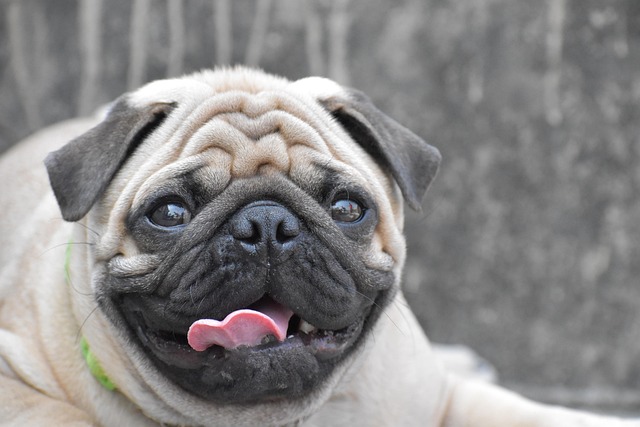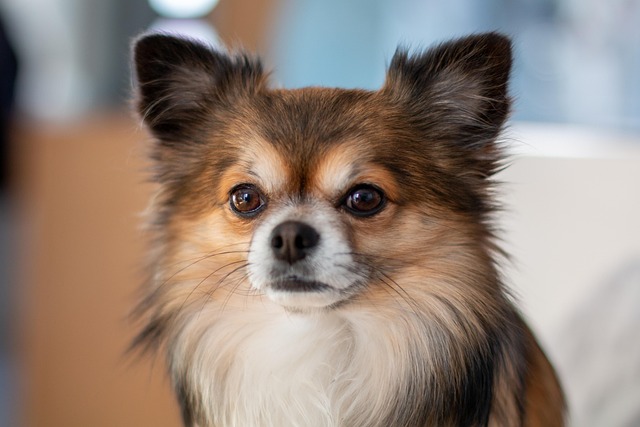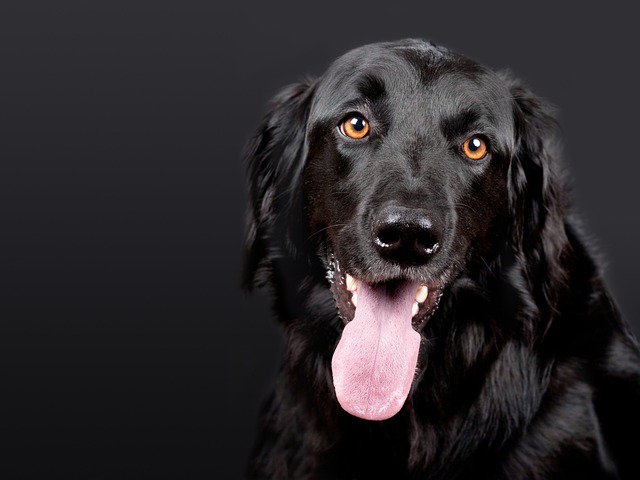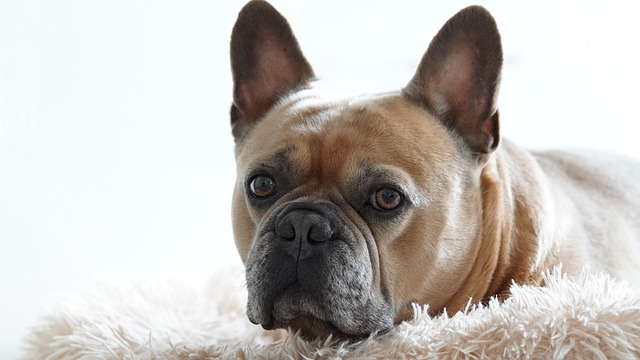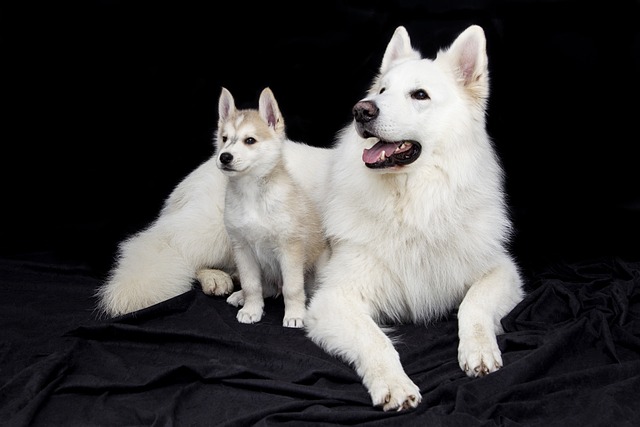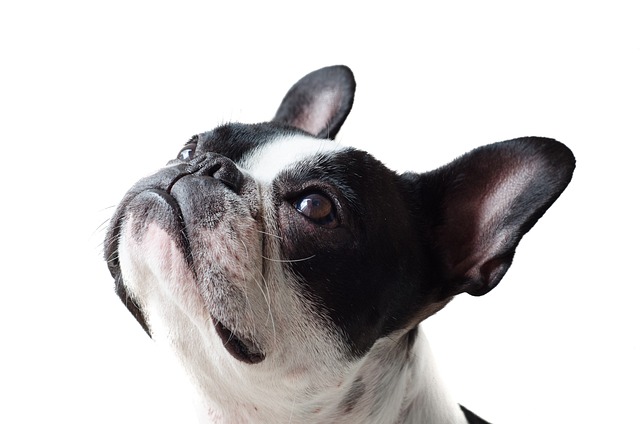If your dog seems constantly wired, pacing around the apartment or reacting to every little noise, you might be wondering if there’s a way to teach them how to truly chill out. There is, and it’s called a relaxation protocol. This isn't about forcing your dog to be still; it's a structured training method that teaches them to voluntarily settle down and feel calm on cue. It’s a game-changer for dogs living in stimulating urban environments, where the constant buzz of city life can make it hard for them to switch off. Think of it as giving your dog an off-switch, a valuable skill that reduces their overall anxiety and improves their quality of life.
The science behind this protocol is rooted in operant conditioning and capturing calm behavior. Instead of rewarding high-energy antics, we strategically reward moments of stillness and relaxation. The goal is to make being calm a highly reinforcing and default behavior. This is achieved through positive reinforcement—using tiny, high-value treats to mark and reward any incremental step toward a relaxed state, like a deep sigh, a down position, or a resting head. This force-free method is the cornerstone of modern dog training in the U.S., aligning with animal welfare standards that firmly reject any form of physical coercion or punishment, which would only increase a dog's stress levels and defeat the entire purpose.
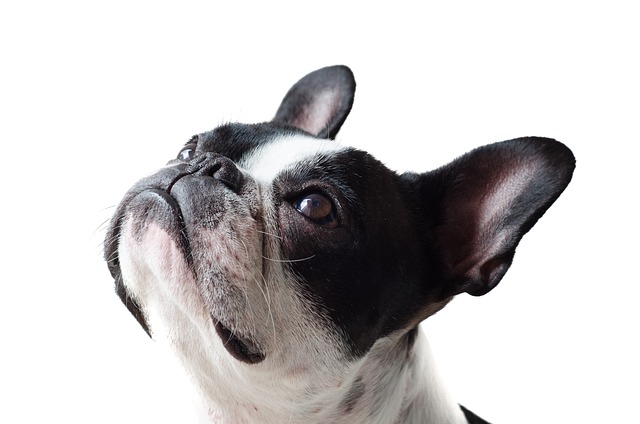
Your first step is to choose a designated relaxation spot, like a comfortable mat or dog bed in a quiet corner of your living room. Start with your dog on a leash to prevent them from wandering off. Arm yourself with a pouch of small, soft treats. The moment your dog even looks at the mat, toss a treat onto it. When they step on it, reward them. Then, wait. The second they offer any calm behavior—a sit, a down, or even just a moment of stillness—mark it with a quiet "yes" and reward. Begin with very short durations, literally one second of calm, and gradually build from there. The key is to reward the calmness without demanding it, making it their idea.
This practice of fostering a calm, predictable demeanor has a direct impact on your life in the community. A dog that has learned to relax at home is typically less reactive and more manageable on walks, which is essential for navigating shared spaces like apartment building hallways and crowded sidewalks with courtesy. This responsibility extends to the non-negotiable basics of public life: always carrying waste bags and cleaning up immediately. This is a simple act of respect for your neighbors and a legal requirement in virtually every American city and town. Furthermore, part of ensuring your dog’s overall well-being—which directly contributes to their ability to relax—is keeping their rabies vaccination meticulously up-to-date. This isn’t just a health precaution; it’s the law and a fundamental aspect of your social contract as a responsible pet owner. By teaching your dog to relax and upholding your public duties, you’re creating a more harmonious life for both of you.
